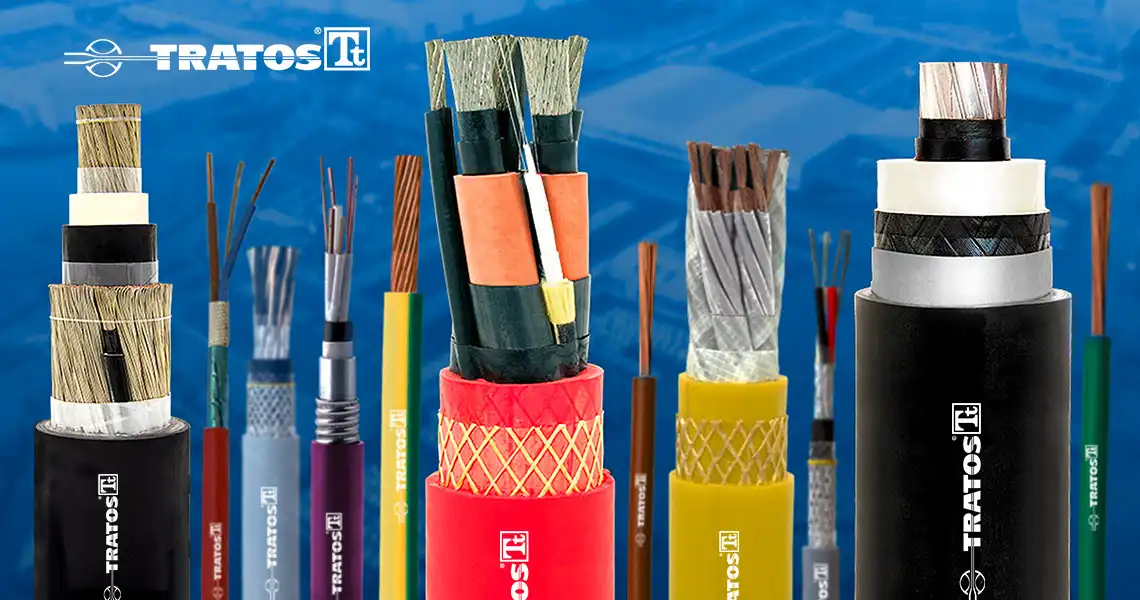TRATOS® PANTOGRAPH POWER CABLE
Special Cables / Railways & Mass Transit Cables / Pantograph cables

BS 6853 – Code of practice for fire precautions in the design and construction of passenger carrying trains.
As a Code of practice, this British Standard takes the form of guidance and recommendations. It should not be quoted as if it were a specification and particular care should be taken to ensure that claims of compliance are not misleading.
As the Introduction in the British Standard states:
“The aim of the BS 6853 standard is to ensure the safety of passengers in the event of fire on or around a vehicle or vehicles comprising a passenger carrying train. Fire safety in this environment depends upon a range of interdependent measures which may include: detection and alarm/warning systems, manual or automatic fire suppression systems, emergency lighting and way-guidance systems, means of escape and egress provisions, escape route or exit door widths, places of safety, occupancy levels, normal supervision, staff management of an incident (which includes staff training), control of materials and contents, ventilation, compartmentation and fire resistance.
This standard necessarily concentrates upon the properties and fire performance of the construction and materials that form the train, with some advice provided on a number of other aspects. The engineer does, however, need to be aware that the fire safety design of the train may need to include all the above range of measures.”
NOTE: BS 6853 was replaced by BS EN 45545 -2 Railway applications. Fire protection on railway vehicles. Requirements for fire behaviour of materials and components
Special Cables / Railways & Mass Transit Cables / Pantograph cables
Please, don’t hesitate to contact us for additional information on our company or our products.
BS 6853 British Standard makes recommendations in respect of fire safety for the design and construction of railway vehicles comprising or forming part of passenger carrying trains. The recommendations are applicable to new vehicles and also to substantial changes to existing vehicles.
The recommendations in this standard cover:
The objectives of BS 6853 Standard are:
Our website uses cookies and thereby collects information about your visit to improve our website (by analyzing), show you Social Media content and relevant advertisements. Please see our cookies page for further details or agree by clicking the 'Accept' button.
Below you can choose which kind of cookies you allow on this website. Click on the "Save cookie settings" button to apply your choice.

This content is blocked. Accept cookies within the '%CC%' category to view this content.